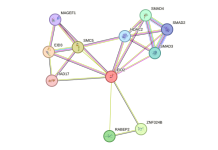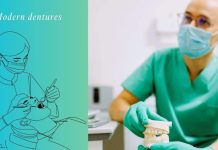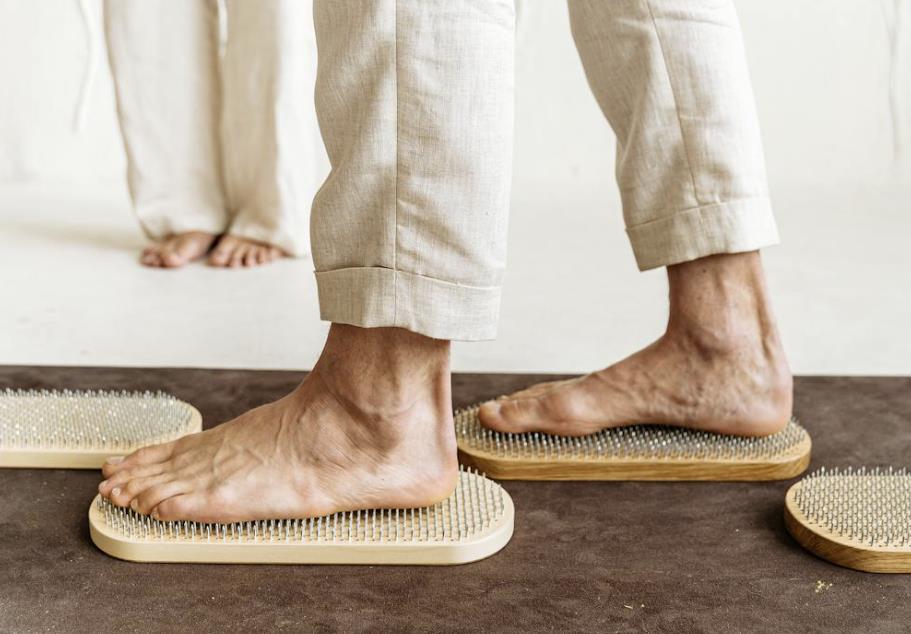Breast Cancer: A Life-Threatening Disease
Nothing in life is to be feared. It is only to be understood….. Marie Curie
Well, knowing how your body works will keep you in good stead. Being aware of what can occur, being awake to the danger signs, and having a baseline knowledge of what is and is not normal for you means you are substantially reducing the risks—not of illness or infection occurring but of allowing it to develop to a stage when it may indeed be ominous.
This is your first line of defense and your most important one. It means taking responsibility for your own good health, looking upon it, and having the common sense to consult your doctor should you find or feel you might have found anything potentially abnormal.
What Women Feel about Breast Cancer
These days, how women feel about their breasts largely determines how they feel about themselves as women. Because of this, breast cancer and the thought of losing a breast generate more fear among women than almost any other single disease. This fear keeps the average woman at home for 5 to 6 months before she consults her doctor about a lump she has found in her breast.
Not every lump, however, has to be cancer. In fact, very few are. Even so, breast cancer is the most common form of cancer among women and afflicts one in every 12 women at some point in their lives. For this reason, it is very essential to be especially vigilant, and vigilance begins at home.
Although there is a tendency to think of breast cancer as a single disease, there are many different types. Some are very slow-growing and may not spread much more rapidly. The doubling time for breast tumors, which takes one abnormal cell to become two and two to become four, can be as little as two months or as much as nine years.
Whatever the type of cancer the chances of successful treatment increase dramatically with early detection. Therefore, early detection depends first and foremost on regular, monthly self-examinations. The more practiced you get at examining and feeling your breasts and the better acquainted you are with the natural differences and irregularities between them, the greater your chance of spotting a significant change at the earliest possible opportunity.
Early detection depends on medical screening of the breasts, clinical examination, and mammography. With advances in technology, it is possible that a third ultrasound may provide a major breakthrough. While it is undesirable that any screening method should carry a risk, however slight, of aggravating the condition it is supposed to be protecting against, mammography is undoubtedly the earliest way of reliably detecting a breast lump before it has become large enough to be felt by either a doctor or patient.
A breast lump usually only becomes palpable at about 2cm in size. The mammogram can detect a lump at ½ cm, sometimes less, and will pick up between a quarter and a third of all breast cancers before they become large enough to be felt. As long as minimal doses of radiation are issued, the risks carried by the screening process are virtually negligible when set against the considerable advantages of early detection.
The comparative risk-to-benefit ratio of mammography is illuminating. Clinical records and various established factors enabled scientists to compute that if one million women were to be screened annually for 10 years, radiation-induced breast cancers would be induced in seven; in the meantime, more than 300,000 early cancers would have been detected.
Breast Cancer: Risk Factors
Although isolating specific risk factors is difficult with any disease,. The following are now regarded as the major ones for breast cancer:. And the ones at the top of the list are considered to carry the highest risk. They do not suggest that you are likely to get breast cancer, as they do for at least half the female population. But they do suggest that you should be especially vigilant.
-
If you have already had cancer in one breast or have any other type of hormone-dependent cancer, such as cancer of the cervix, uterus, or ovaries,.
-
If you have a close relative who has had breast cancer, particularly if the cancer occurred at an early age (35 or younger) and was bilateral in both breasts,.
-
If you have never been pregnant, or particularly if you had your first full-term pregnancy over the age of 35,. While childbearing in your teens and early to mid-’20s seems to have a definite protective effect, breastfeeding does not appear to have a significant one.
-
If you are over 35, then breast cancer is extremely rare in women below this age group, when a lump in the breast is most likely to be a benign tumor or cyst.
-
If your periods started early, at 12 or younger, and finished late, at 50 or over,.
-
If you have had benign breast disease,. Some breast lumps, though benign, occasionally show signs of abnormal, pre-cancerous growth.
-
If you have undergone prolonged hormone replacement therapy after hysterectomy or overmenopause, you may be at a slightly increased risk. The progesterone component of both the combined hormone replacement therapy and the combined contraceptive pill seems to confer a protective effect against benign breast diseases.
Healthy people who carry no special risk, such as a family history of heart disease, do not necessarily need an annual checkup. A more realistic schedule would be every two years from the age of 35 to the age of 50, once every year after that. Every month, just after your period has finished, on the first day of each calendar month if you have been through menopause.
Mammography is done once at the age of 35; a single view can be done annually thereafter. If you fall into one of the higher-risk categories, your doctor may suggest that you have mammograms taken earlier or more frequently. If a female relative has had breast cancer, you should start mammography screening at an age earlier than that at which the relative cancer was detected.
Moreover, cervical smears are taken soon after the first intercourse and one year later. Thereafter, at three-yearly intervals up to age 35 and at five-yearly intervals up to age 60,. If all results have been negative, testing can be discontinued. You should have an annual smear test if you have had the herpes virus.

Product You May Be Interested in
- Crush Food Cravings with Odd Water Hack and Melt 62lbs
- Flavor Pairing Ritual Supercharges Women’s Metabolisms
- The best Keto Diet Program
Read More: How to Take Good Sleep






